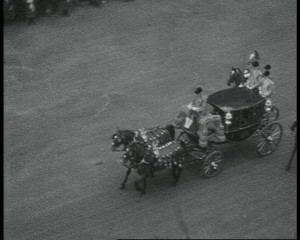
"Shots from an upper story window in Parliament Street of the activity in the street below prior to the arrival of carriages carrying the royal family and bride on their way to Westminster Abbey, during the ceremony and as the carriages return, highlighting in particular the foggy day. Scenes include crowds outside 100 Parliament St; a procession of civilians with flags which marches in the direction of the Cenotaph; the activities of troops prior to the arrival of the royal procession; carriages carrying the royal family and emerge from the fog near the cenotaph, are filmed as they pass by and head towards Westminster Abbey in the fog; activities in the street after the processions have gone; crowds waving at carriages as they return; activities as crowds disperse from in front of the building opposite; film concludes with a procession of civilians with flags which marches from the direction of the Cenotaph" (EAFA Database).
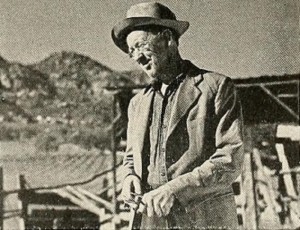
"The 'prize winner' of the title of course was just a goat who had pulled down for its owner a ten-dollar bill as a prize at the county fair, a sum which its owner promptly had sunk in the nearest bucolic palace of chance. The committee disregarded any possessive tendencies of its own in the goat line and decided the entrant really did know his onions when it came to making pictures. But of course every one even on the fringe of the amateur world knows J. Kinney Moore is one of the tops among the amateurs." American Cinematographer, Jan. 1938, 28.
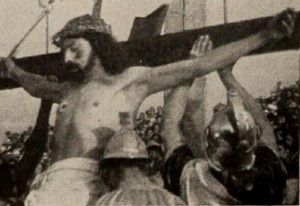
"It is a platitude that there is more in Mexico than meets the eye. In Quaint Old Mexico, however, Guy Nelli proves that there is far more in Mexico than usually meets the camera. Mr. Nelli presents the gradual awakening of Mexico, as the farmers drive their produce to market, with a startling sense of early morning atmosphere; market scenes are developed lucidly and effectively. The high peak of the film is reached with a most remarkable sequence of religious festival shots, as virtually an entire village re-enacts the Stations of the Cross. The intense religious emotion evident in these scenes has rarely been caught for the screen. Mr. Nelli's film is outstanding for its fresh approach and, above all, for the natural and casual quality of its shots." Movie Makers, Dec. 1946, 488.
"In the [‘Interest’] class [at the Era Challenge Cup competition] was entered a picture of such outstanding merit that the judges were hard put to make their final decision. This was submitted by a lady, who had chosen as her subject the R.A.F. Pageant. Here, again, the fact that the photographer could not choose a position of vantage, but had to be content with a place among the crowd, had to be taken into account. But in spite of difficulties, this entry can only be described as a poem of movement and high speed. The photographic quality is exceptional. The sky, most cunning toned down with filters, proves a scintillating background, strongly reminiscent of the best German photography. For an amateur this picture is really a little gem, with so much to recommend it that it secured a special award, which the judges decided to offer themselves" (Hill 1931: 7).
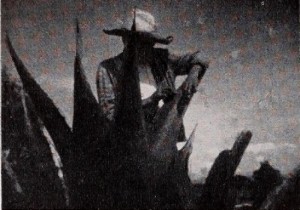
"Alan Probert has confined his study of Mexico to the primitive Otomi Indians. With startling clarity and a fine cinematic eye for detail, he presents the tribal group in a series of sketches that reveal the age old customs of their forefathers still in daily use — sowing and reaping, spinning and weaving, trading and worshipping. Remnants Of The Past is an expertly filmed factual account of the subject, which would have gained considerably from greater unity and a stronger ending." Movie Makers, Dec. 1948, 494.
"A couple dine in a restaurant. She is so busy with powdering her nose and correcting her lipstick that the "garçon" despairs of ever getting their order. In the end, her suitor orders water and razor to get his revenge." Library and Archives Canada.

"Documentary: On peasant farm life in Korea, the rice crop and family labor." National Archives.
"'Rice,' a three reel subject in the educational class entered by F. C. Ells of Yokohama, Japan, demonstrated a fine appreciation of production and photographic values as well as how to combine it so as to make entertainment. Many were of the opinion that this picture, if it were in 35mm, would be worthy of professional theatre presentation." American Cinematographer, Dec. 1933, 321.
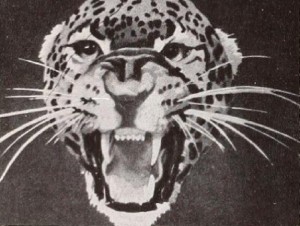
"Competence plus completeness distinguish Ringling Brothers and Barnum & Bailey Circus. Oscar H. Horovitz started his film with sequences of the circus's winter quarters in Florida and followed it as it entrained for Northern performances. Unloading the circus comes next, and, after informal views of the crews at work setting up tents and the performers preparing for work, there is a complete picture of the show in the big top. The quality of the lighting, although limited by the amount of illumination provided by the circus, is still astonishingly good. Even better is the sequencing of the scenes of the performances, for Mr. Horovitz succeeds in altering his camera positions almost as freely as if the circus were staged especially for him." Movie Makers, Dec. 1943, 478.
"The faded colours do not detract from this charming record of life in Preston, on the river Ribble. Children play in the street, women stroll in Avenham Park, and shoppers crowd an outdoor market. Community events and the bright lights of Preston at night complete this picture of life in the Lancashire town (now a city)." (BFI Player)
"A record of the Indian rope trick, with magician, attendant and boy who apparently climbs the straightened rope and disappears. The boy is restored and tribute exacted from the crowd." (EAFA Database)
Total Pages: 29